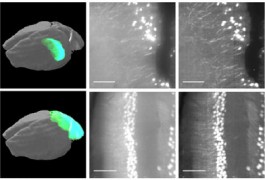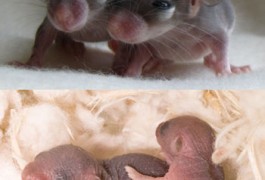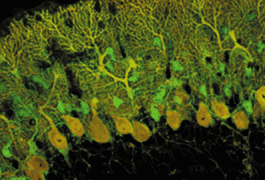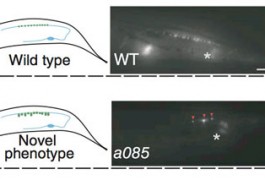Stem cells reveal genes that have parental bias
Researchers have used stem cells to identify 801 neuronal genes that are preferentially expressed from either the maternal or paternal chromosome, according to a study published 30 August in PLoS One. Of these genes, 26 are linked to autism and 48 to schizophrenia.
























